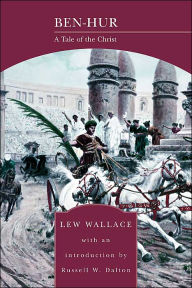Alexandre Dumas (1802–1870) was one of the dominant figures of the Romantic period. His volcanic outpouring of plays, novels, and other writings earned him a fortune while his flamboyant personal life made him a legend. He is the author of the historical novels The Three Musketeeers, The Count of Monte Cristo, and The Man in the Iron Mask.
















